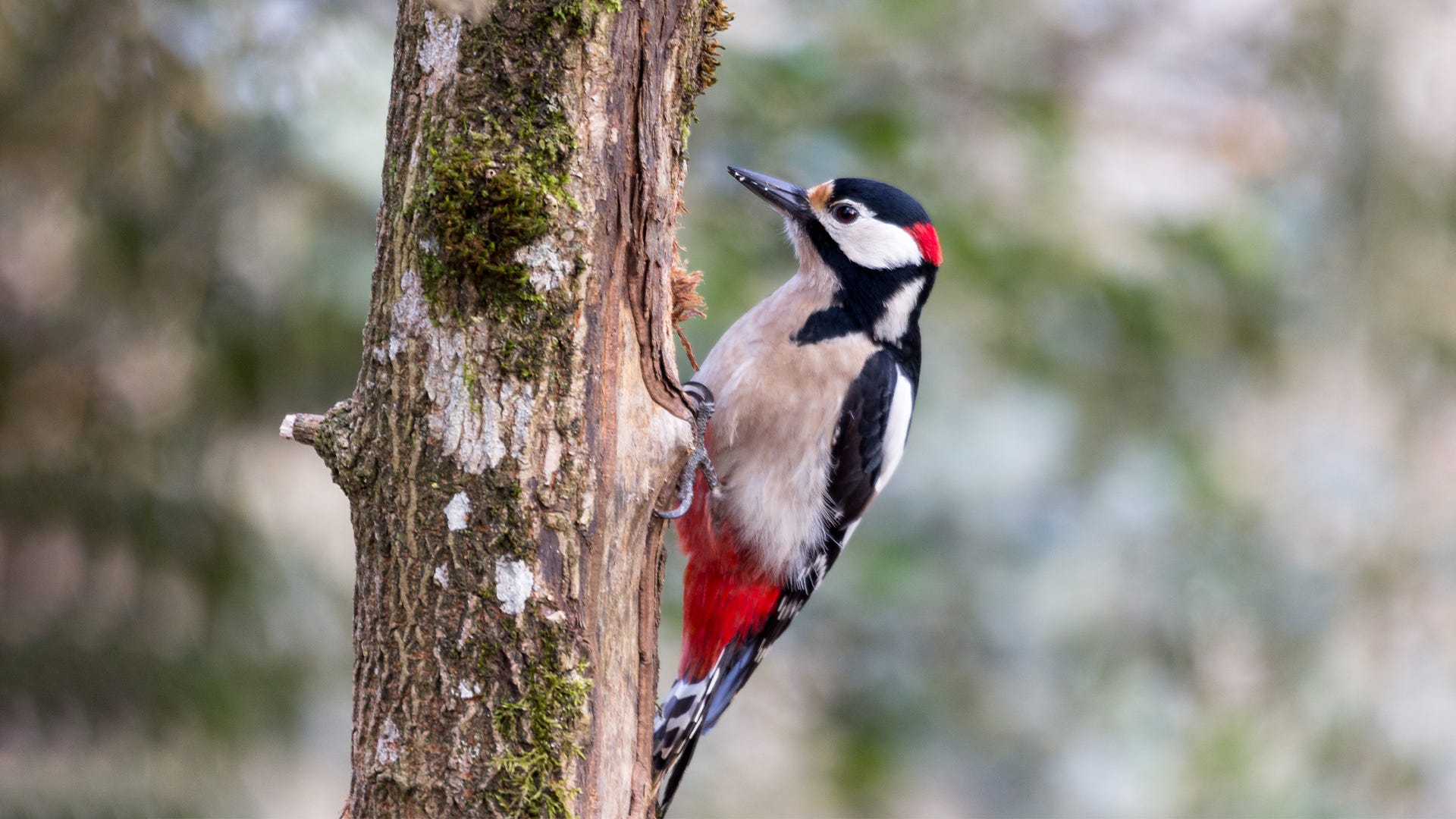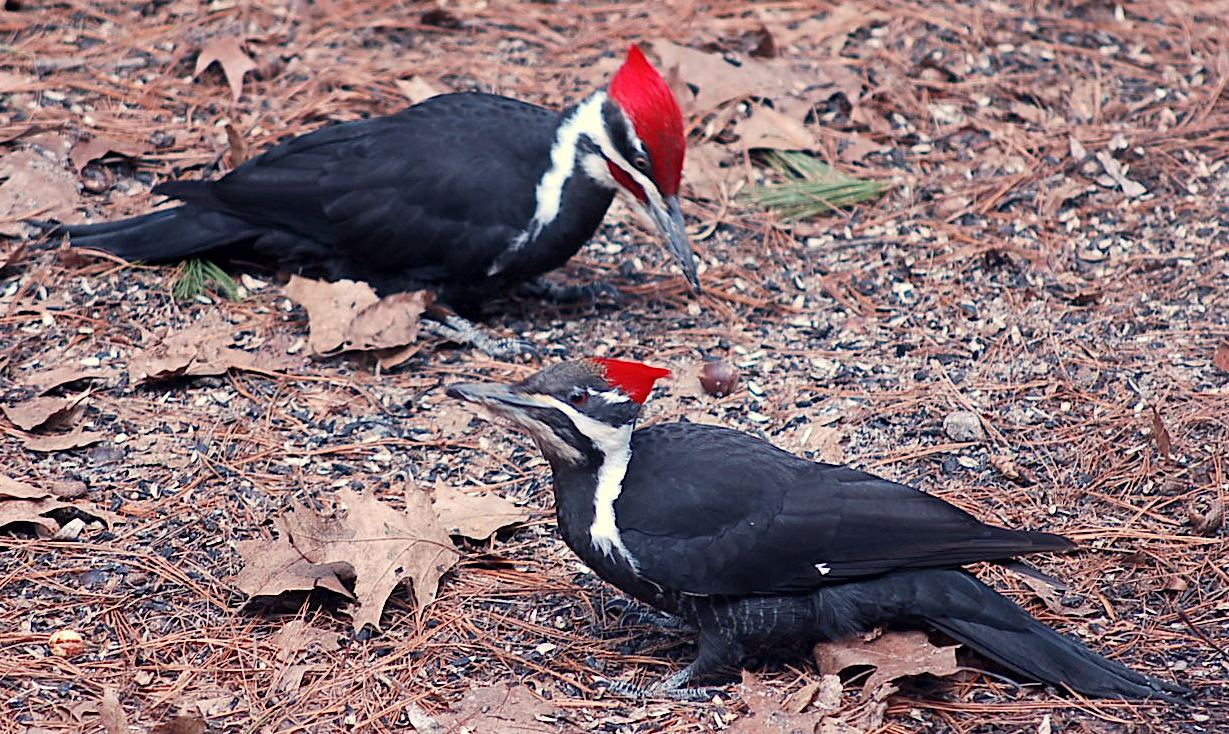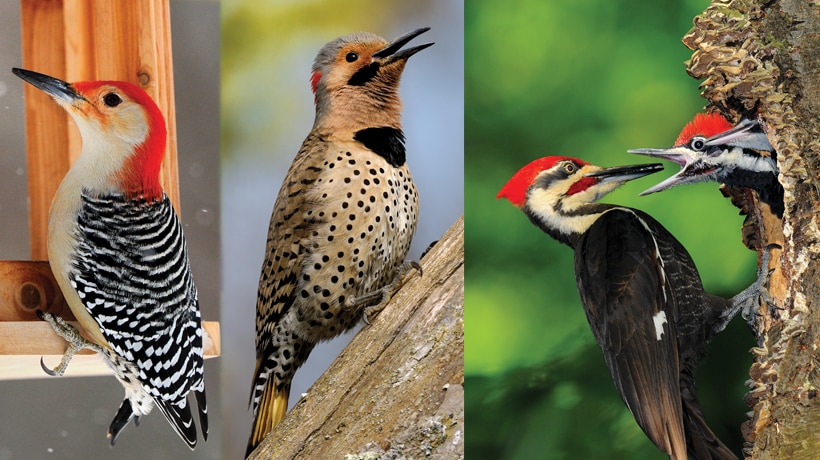Woodpeckers Unleashed: Exploring the Wonders of These Skilled Tree Climbers
Woodpeckers, with their distinct markings and balanced drumming echoing with wooded locations, hold an one-of-a-kind place in the avian world - Woodpeckers in Florida. As we dig right into the intricate information of woodpeckers' nesting habits, feeding methods, and the continuous preservation initiatives to shield these remarkable birds, a deeper appreciation for their place in nature unfolds.
Composition and Adaptations
When analyzing the anatomy and adjustments of woodpeckers, one can observe exceptional functions that allow these birds to grow in their specialized environmental particular niche. Additionally, woodpeckers have zygodactyl feet, with 2 toes encountering forward and 2 facing backward, giving a firm grasp on tree trunks while they look for food or drum for interaction.
Moreover, woodpeckers have an one-of-a-kind tongue structure that is long, barbed, and sticky, enabling them to draw out pests from gaps in wood. This specialized adjustment allows woodpeckers to exploit a food resource that is inaccessible to several various other bird varieties. In general, the makeup and adaptations of woodpeckers display the amazing transformative remedies that have enabled these birds to flourish in their arboreal environment.
Drumming Habits
Having actually discovered the makeup and adjustments of woodpeckers, the emphasis now changes to recognizing their drumming actions, a distinctive element of their communication and territorial display screens. Drumming is a crucial type of interaction amongst woodpeckers, serving several purposes such as developing territories, bring in companions, and signaling alarm system. Each woodpecker varieties has an one-of-a-kind drumming pattern that helps people recognize participants of their very own varieties and identify them from rivals or killers.
Woodpeckers create drumming sounds by swiftly pecking on powerful surfaces such as dead trees, energy poles, or even steel items, producing a collection of balanced beats. The intensity and rate of drumming can differ based upon the function; for example, a fast drumming sequence may indicate aggressiveness towards intruders, while a slower and softer drumming pattern could suggest courtship (Woodpeckers in Florida). In addition, woodpeckers might readjust the frequency and period of their drumming to communicate specific messages efficiently
Nesting Routines
Exploring the nesting behaviors of woodpeckers discloses fascinating understandings into their reproductive actions and environment options. Woodpeckers are understood for their special nesting preferences, typically excavating cavities in trees to create protected rooms for raising their young. These dental caries offer not just as a nesting site yet likewise as a protected refuge from killers and harsh weather.
Woodpeckers display a high degree of integrity to their nesting websites, frequently returning to the very same area every year. This habits highlights the significance of ideal environment schedule for their reproductive success. The selection of a nesting site is important for woodpeckers, with aspects such as tree varieties, height, and decay look at this now stage playing significant functions in their decision-making procedure.
Interestingly, some woodpecker varieties are understood to dig deep into multiple dental caries within their territory, giving themselves with different nesting alternatives. This approach might act as a type of insurance against potential dangers or disturbances to their primary nesting website.

Feeding Techniques
One of the most unique feeding habits of woodpeckers is drumming, which includes rapid pecking on trees to reveal insects underneath the see post bark. Woodpeckers are likewise recognized to excavate dental caries in trees to gain access to concealed insect larvae or sap. Some types, like the acorn woodpecker, shop nuts in specially produced openings called granaries.
Conservation Initiatives
Amidst the elaborate feeding techniques displayed by woodpeckers, the conservation initiatives aimed at guarding these fascinating birds play a critical role in maintaining their environments and populaces. Woodpeckers deal with various hazards to their survival, consisting of habitat loss as a result of deforestation, environment adjustment altering their communities, and crashes with synthetic frameworks such as buildings and lorries - Woodpeckers in Florida. Guardians are proactively functioning to address these her latest blog challenges and make sure the lasting wellness of woodpecker types

Education and public understanding projects are likewise essential parts of woodpecker conservation efforts. By raising recognition about the significance of these birds in maintaining healthy woodland communities, conservationists can gather assistance for habitat preservation efforts and promote liable land administration practices. With collaborative efforts in between scientists, policymakers, and neighborhood neighborhoods, we can function together to secure a future where woodpeckers flourish in their all-natural environments.
Final Thought
